Report this entry
More from the same community-collection
Photography by Daniel Valencia
There is nothing more pleasing and rewarding than witnessing the ...
Photography by Denise Cecilia Martinez
There is nothing more pleasing and rewarding than witnessing the ...
Photography by Denise Cecilia Martinez
There is nothing more pleasing and rewarding than witnessing the ...
Photography by Diana Selene Jurado Vargas (Selene Jurado)
There is nothing more pleasing and rewarding than witnessing the ...
Photography by Diana Selene Jurado Vargas (Selene Jurado)
There is nothing more pleasing and rewarding than witnessing the ...
Photography by Edgar Ricardo Padilla Nates
There is nothing more pleasing and rewarding than witnessing the ...
Photography by Edgar Ricardo Padilla Nates
There is nothing more pleasing and rewarding than witnessing the ...
Photography by Eduardo Suarez Lopez
There is nothing more pleasing and rewarding than witnessing the ...
Photography by Eduardo Suarez Lopez
There is nothing more pleasing and rewarding than witnessing the ...
Photography by Federico Villalba
There is nothing more pleasing and rewarding than witnessing the ...





















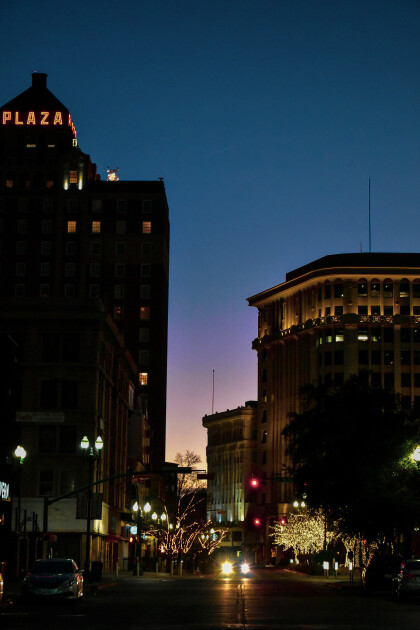
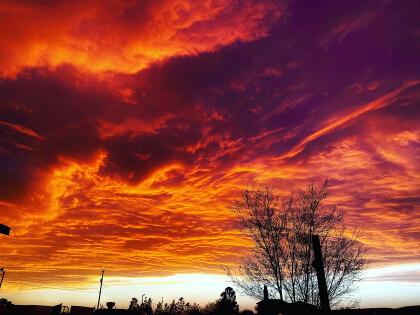
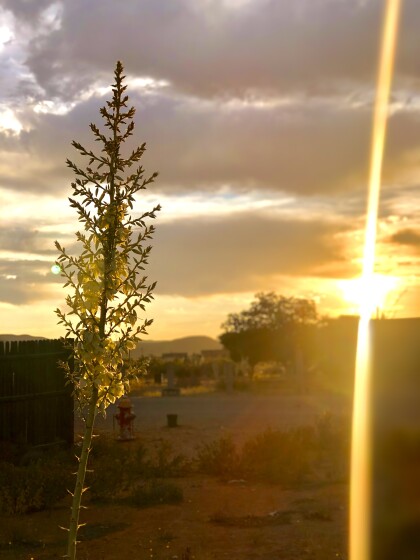
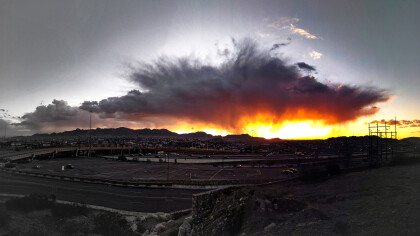
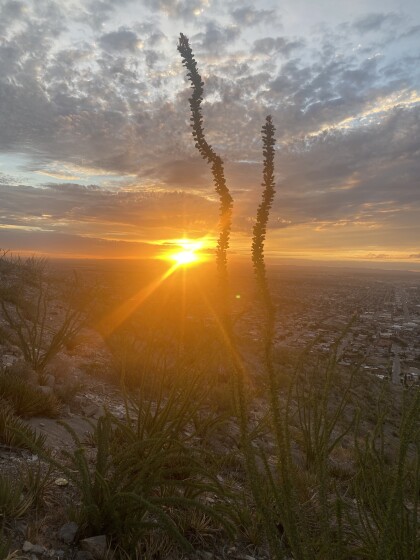
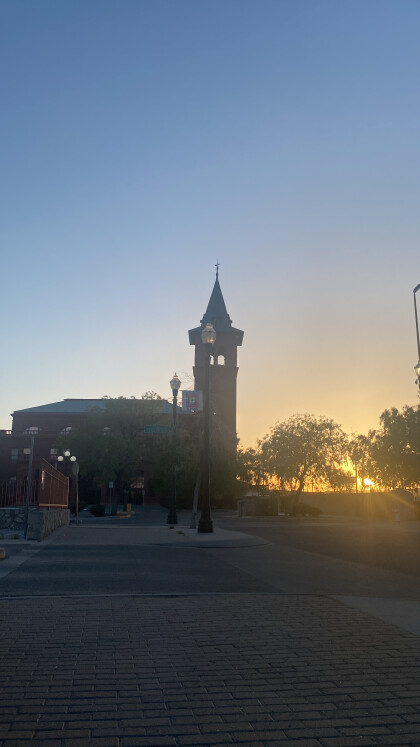
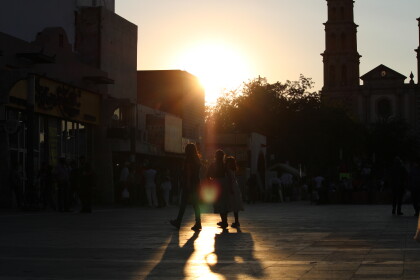
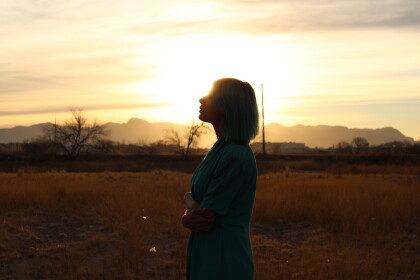
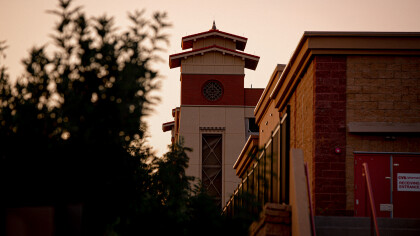

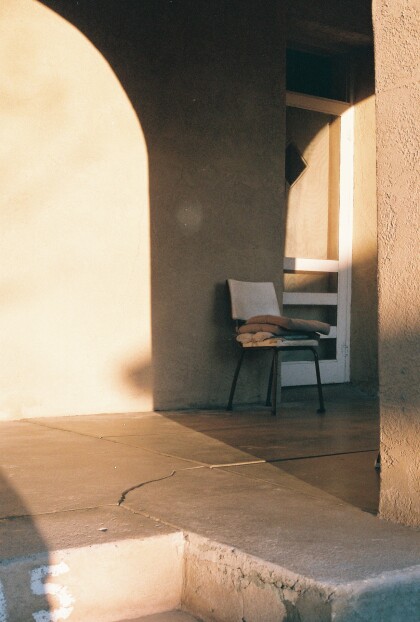
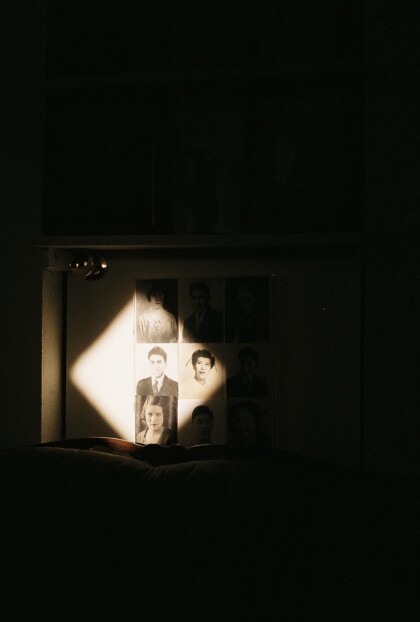

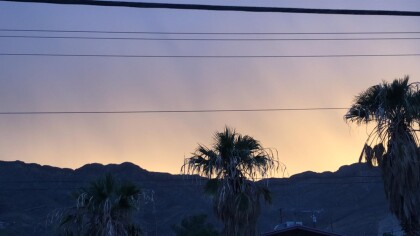
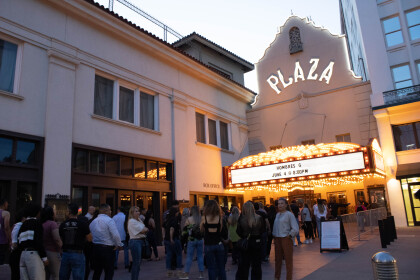
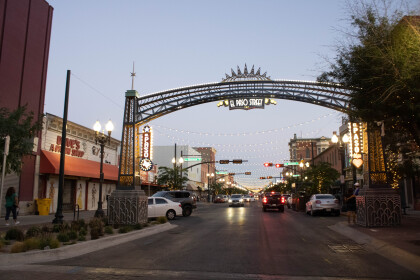
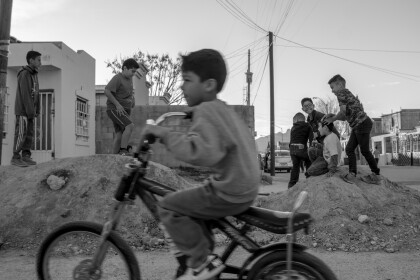
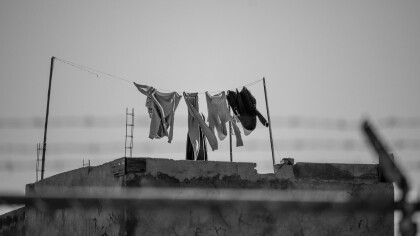
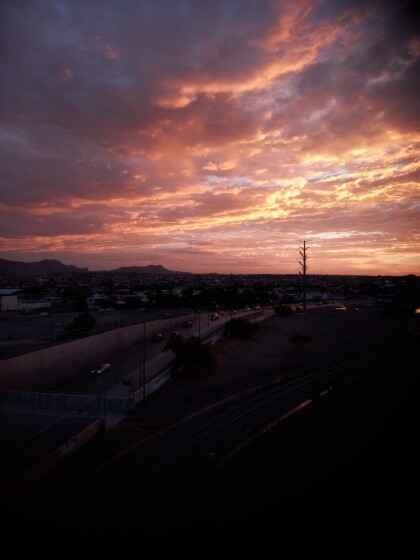
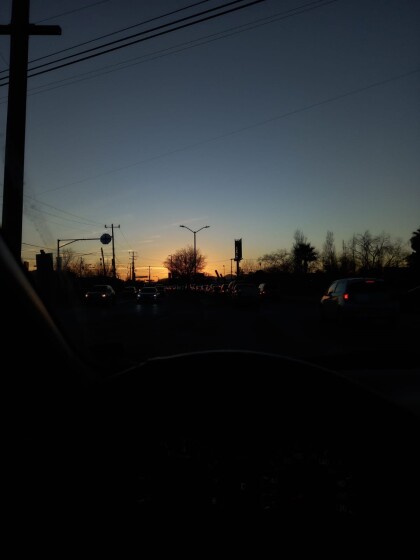
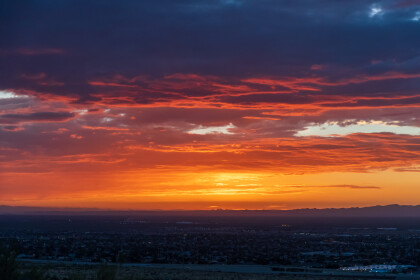
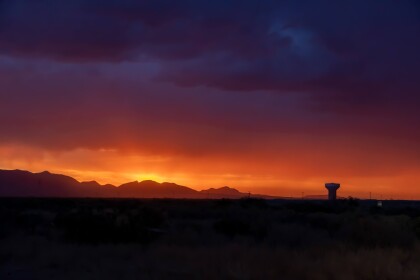
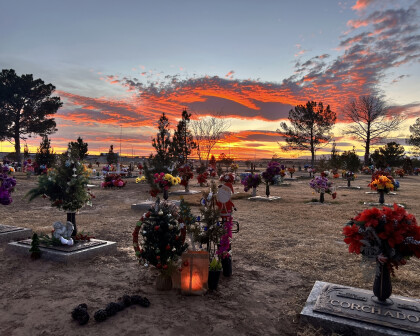
Comments
Add a comment